Home>Gardening & Outdoor>Outdoor Structures>How To Build A Pitch 8-Foot By 4-Foot Metal Overhang Roof Extension To The Side Of A Tool Shed
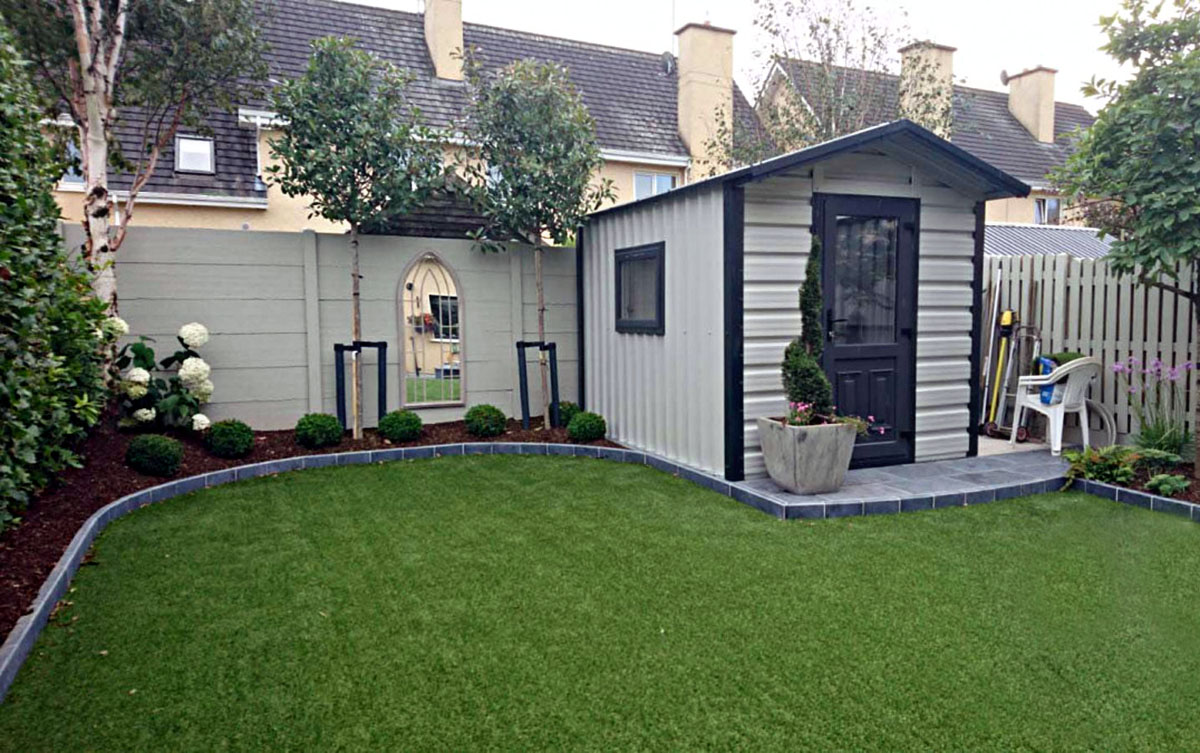

Outdoor Structures
How To Build A Pitch 8-Foot By 4-Foot Metal Overhang Roof Extension To The Side Of A Tool Shed
Published: December 21, 2023
Learn how to build a durable 8x4 metal overhang roof extension for your tool shed with our outdoor structures guide. Create a functional and stylish outdoor space.
(Many of the links in this article redirect to a specific reviewed product. Your purchase of these products through affiliate links helps to generate commission for Storables.com, at no extra cost. Learn more)
Introduction
Adding a pitch 8-foot by 4-foot metal overhang roof extension to the side of a tool shed can provide valuable shelter and protection from the elements. Whether you want to create a covered area to store outdoor equipment, work on DIY projects, or simply relax in a shaded space, this extension can significantly enhance the functionality of your shed. In this comprehensive guide, you will learn how to build and install this valuable addition, step by step.
By following this guide, you can transform your tool shed into a versatile outdoor space that meets your specific needs. Whether you are a seasoned DIY enthusiast or a beginner looking to expand your skills, this project offers an excellent opportunity to learn and create. With the right materials, tools, and a clear understanding of the process, you can successfully complete this project and enjoy the benefits of an extended outdoor structure.
In the following sections, we will cover the materials and tools needed for the project, as well as the step-by-step instructions for measuring, cutting, and installing the metal sheets. Additionally, we will explore the process of securing the overhang roof extension to ensure durability and stability. This guide aims to provide practical insights and actionable steps to empower you to take on this project with confidence.
As we delve into each phase of the construction process, you will gain valuable knowledge that can be applied to future projects. Whether you are enhancing an existing shed or planning to construct a new one, the skills and techniques you acquire through this project will serve you well. Let's embark on this rewarding journey of creating a functional and aesthetically pleasing pitch 8-foot by 4-foot metal overhang roof extension for your tool shed.
Key Takeaways:
- Transform your tool shed into a versatile outdoor space by adding a pitch 8-foot by 4-foot metal overhang roof extension. Follow the step-by-step guide to create a functional and aesthetically pleasing shelter for your outdoor activities.
- Ensure the durability and reliability of the overhang roof extension by securing it with reinforcement measures and implementing long-term maintenance considerations. This project enhances your DIY skills and adds value to your outdoor environment.
Read more: How To Build A Shed Roof Overhang
Materials Needed
Before embarking on the construction of a pitch 8-foot by 4-foot metal overhang roof extension, it is essential to gather all the necessary materials. Ensuring that you have the right materials on hand will streamline the construction process and contribute to the overall quality and durability of the extension. Here is a comprehensive list of the materials required for this project:
- 8-foot by 4-foot metal sheets (quantity as per the desired length of the overhang)
- Support beams (pressure-treated lumber or metal beams)
- Fasteners (screws, nails, or bolts, depending on the type of support beams)
- Sealant or flashing to prevent water infiltration
- Paint or protective coating for the metal sheets
- Concrete mix for securing the support beams (if applicable)
- Anchor bolts or concrete screws (if attaching the support beams to a concrete surface)
- Safety equipment (gloves, goggles, and a dust mask)
- Measuring tape and marking tools
- Level and carpentry tools for installing the support beams
- Power drill and appropriate drill bits
- Saw suitable for cutting the metal sheets and support beams
- Ladder or scaffolding for working at elevated heights
By ensuring that you have all the necessary materials at the outset, you can proceed with the project seamlessly, minimizing interruptions and delays. Additionally, having the right materials on hand will enable you to maintain a safe and organized work environment throughout the construction process.
With the materials in place, you are ready to move on to the next phase of the project: gathering the essential tools required for constructing the pitch 8-foot by 4-foot metal overhang roof extension to the side of your tool shed.
Tools Required
Equipping yourself with the right tools is crucial for executing the construction of a pitch 8-foot by 4-foot metal overhang roof extension with precision and efficiency. The following tools are essential for various stages of the project, from measuring and cutting to securing the overhang roof extension in place:
- Measuring tape: Accurately measuring the dimensions of the metal sheets and support beams is fundamental to achieving a precise fit and overall structural integrity.
- Marking tools: Whether using a pencil, marker, or scribe, having a reliable marking tool is essential for indicating cutting lines, hole placements, and other crucial measurements on the materials.
- Level: Ensuring that the support beams are installed perfectly horizontal and the metal sheets are aligned correctly requires the use of a level throughout the construction process.
- Carpentry tools: Depending on the type of support beams chosen, carpentry tools such as a circular saw, miter saw, or reciprocating saw may be necessary for cutting and shaping the beams to the required dimensions.
- Power drill: A versatile power drill equipped with the appropriate drill bits is indispensable for creating pilot holes, attaching fasteners, and completing various assembly tasks.
- Safety equipment: Prioritizing safety, including the use of gloves, goggles, and a dust mask, is essential to protect against sharp edges, flying debris, and potentially harmful fumes during the construction process.
- Ladder or scaffolding: Working at elevated heights to install the support beams and attach the metal sheets necessitates the use of a stable ladder or scaffolding to ensure safe access to the work area.
- Painting supplies: If the metal sheets require painting or protective coating, brushes, rollers, and appropriate protective gear should be readily available for this finishing step.
- Concrete mixing tools (if applicable): In cases where concrete is needed to secure the support beams, tools such as a mixing trough, shovel, and trowel will be necessary for preparing and placing the concrete.
- Additional tools: Depending on the specific requirements of the project, additional tools such as a wrench, socket set, or pry bar may be needed for certain tasks.
By assembling these essential tools, you will be well-prepared to tackle each phase of the construction process with confidence and efficiency. With the materials and tools in hand, you are ready to proceed with the step-by-step instructions for constructing the pitch 8-foot by 4-foot metal overhang roof extension to enhance the functionality and visual appeal of your tool shed.
Step 1: Measure and Cut the Metal Sheets
Before you can begin the installation of the pitch 8-foot by 4-foot metal overhang roof extension, it is crucial to accurately measure and cut the metal sheets to fit the desired dimensions. This step is foundational to the overall structural integrity and aesthetic appeal of the overhang. Here’s a detailed guide to effectively measure and cut the metal sheets:
Measurements:
Using a measuring tape, carefully measure and mark the precise dimensions of the overhang on the metal sheets. Ensure that the measurements align with the 8-foot by 4-foot dimensions to achieve a perfect fit. Double-check the measurements to avoid errors that could compromise the installation process.
Read more: How To Seal A Metal Tool Shed Roof
Cutting:
Once the measurements are accurately marked, use a saw suitable for cutting metal to carefully cut along the marked lines. It is crucial to maintain a steady hand and follow the marked lines closely to achieve clean and precise cuts. If multiple metal sheets are required to cover the entire overhang area, repeat the measuring and cutting process for each sheet, ensuring uniformity in dimensions.
Finishing:
After cutting the metal sheets to the required dimensions, inspect the edges for any sharp or jagged areas. Use a metal file or sandpaper to smooth out any rough edges and ensure a safe and professional finish. Additionally, if the metal sheets will be exposed to the elements, consider applying a protective coating or paint to enhance their durability and resistance to corrosion.
By meticulously measuring and cutting the metal sheets to fit the designated overhang area, you lay the groundwork for a successful installation. Attention to detail and precision in this phase will contribute to the overall quality and longevity of the pitch 8-foot by 4-foot metal overhang roof extension. With the metal sheets prepared, you are ready to proceed to the next phase of the construction process: installing the support beams to provide a sturdy framework for the overhang.
Step 2: Install the Support Beams
Installing the support beams is a critical phase in the construction of the pitch 8-foot by 4-foot metal overhang roof extension. The support beams provide the structural framework and stability necessary to secure the overhang in place. Follow these essential steps to effectively install the support beams:
Determine Placement:
Identify the precise locations where the support beams will be installed to accommodate the overhang. Ensure that the placement aligns with the dimensions of the metal sheets and the intended coverage area. Using a measuring tape and marking tools, clearly indicate the positions for attaching the support beams.
Read more: What Is A Good Pitch For A Shed Roof
Prepare the Mounting Surface:
If the support beams will be attached to an existing structure, such as the side of the tool shed, ensure that the mounting surface is clean, level, and capable of bearing the weight of the overhang. If necessary, use a power drill and appropriate drill bits to create pilot holes for the fasteners that will secure the support beams to the mounting surface.
Secure the Support Beams:
Using the designated fasteners, whether screws, nails, or bolts, securely attach the support beams to the mounting surface. Ensure that the beams are level and properly aligned according to the predetermined placement. Utilize a level to verify the horizontal positioning of the support beams, making any necessary adjustments to achieve precise alignment.
Ensure Structural Integrity:
Once the support beams are in place, assess their stability and structural integrity. Confirm that they are firmly anchored and capable of supporting the weight of the overhang and withstanding external forces such as wind and precipitation. If additional reinforcement is deemed necessary, consider implementing measures to further fortify the support beams and enhance their durability.
By effectively installing the support beams, you establish a robust foundation for the pitch 8-foot by 4-foot metal overhang roof extension. The secure attachment of the support beams is essential for the overall stability and longevity of the overhang. With the support beams in position, you are prepared to advance to the next phase of the construction process: attaching the metal sheets to create the sheltering overhang for your tool shed.
Step 3: Attach the Metal Sheets to the Support Beams
With the support beams securely in place, the next crucial step in constructing the pitch 8-foot by 4-foot metal overhang roof extension involves attaching the metal sheets to the support framework. This phase requires precision and attention to detail to ensure a seamless and durable installation. Follow these essential steps to effectively attach the metal sheets to the support beams:
Read more: How To Build A Pitched Roof Pergola
Positioning the Metal Sheets:
Carefully position the cut metal sheets onto the installed support beams, ensuring that they align with the designated overhang area. Take time to verify that the metal sheets are evenly positioned and adequately cover the intended space. Make any necessary adjustments to achieve proper alignment before proceeding with the attachment process.
Fastening the Metal Sheets:
Using the appropriate fasteners, such as screws or nails designed for metal applications, securely fasten the metal sheets to the support beams. Space the fasteners evenly along the edges and intermediate sections of the metal sheets to ensure uniform attachment and stability. Exercise caution to avoid over-tightening the fasteners, which could potentially damage the metal sheets.
Sealing and Flashing:
To prevent water infiltration and enhance the weather resistance of the overhang, apply a suitable sealant or flashing along the edges and seams of the attached metal sheets. This critical step helps to create a watertight barrier, safeguarding the underlying structure and interior space of the tool shed from moisture and potential damage.
Quality Assurance:
Upon completing the attachment of the metal sheets, conduct a thorough inspection to ensure that they are securely affixed and free from any structural deficiencies. Verify that the overhang exhibits uniformity and stability, with the metal sheets effectively integrated into the support framework. Address any irregularities or issues promptly to uphold the integrity of the overhang.
By meticulously attaching the metal sheets to the support beams, you establish a resilient and functional overhang that provides valuable shelter and protection. The precise execution of this phase contributes to the overall durability and aesthetic appeal of the pitch 8-foot by 4-foot metal overhang roof extension. With the metal sheets securely in place, you are prepared to advance to the final phase of the construction process: securing the overhang roof extension to ensure its long-term stability and reliability.
Read more: How Much Overhang On Metal Roof For Gutters
Step 4: Secure the Overhang Roof Extension
Securing the pitch 8-foot by 4-foot metal overhang roof extension is the final critical step in completing the construction process. This phase focuses on fortifying the overhang to ensure its long-term stability and reliability, safeguarding it against environmental elements and potential structural stress. Follow these essential steps to effectively secure the overhang roof extension:
Reinforcement Measures:
Assess the overall stability of the overhang and identify areas that may benefit from additional reinforcement. This may involve inspecting the attachment points of the metal sheets to the support beams and addressing any potential vulnerabilities that could compromise the overhang’s structural integrity.
Enhancing Weather Resistance:
Apply a protective coating or paint to the metal sheets to enhance their resistance to corrosion and weathering. This additional layer of defense helps to prolong the lifespan of the overhang and maintain its visual appeal over time. Ensure that the coating is applied evenly and thoroughly to provide comprehensive protection.
Inspecting Sealant and Flashing:
Verify that the sealant or flashing applied along the edges and seams of the metal sheets is intact and effectively seals any potential points of water ingress. Address any areas where the sealant may have degraded or become compromised, ensuring that the overhang remains resilient against moisture and environmental exposure.
Long-Term Maintenance Considerations:
Establish a maintenance plan for the overhang roof extension, outlining periodic inspections and upkeep tasks to preserve its functionality and appearance. This may include checking the fasteners and sealant, removing debris that accumulates on the overhang, and addressing any signs of wear or degradation promptly to prevent potential issues from escalating.
By diligently securing the overhang roof extension, you ensure that it remains a durable and reliable addition to your tool shed, providing valuable shelter and protection. The meticulous attention to reinforcement and maintenance considerations contributes to the long-term resilience of the pitch 8-foot by 4-foot metal overhang roof extension. With the overhang firmly secured, you can take pride in the completion of this project and the enhanced functionality it brings to your outdoor space.
Conclusion
Embarking on the construction of a pitch 8-foot by 4-foot metal overhang roof extension to the side of a tool shed presents a rewarding opportunity to enhance the functionality and visual appeal of your outdoor space. By following the comprehensive guide provided here, you have gained valuable insights and actionable steps to successfully complete this project and enjoy the benefits of an extended outdoor structure.
Throughout the construction process, attention to detail, precision, and a focus on structural integrity have been paramount. From measuring and cutting the metal sheets to installing the support beams and attaching the overhang roof extension, each phase has contributed to the creation of a resilient and functional addition to your tool shed.
As you secure the overhang roof extension and implement long-term maintenance considerations, you are taking proactive steps to ensure its durability and reliability in the face of environmental elements and the passage of time. By prioritizing weather resistance and ongoing maintenance, you are investing in the longevity and continued functionality of the overhang.
Upon completion of this project, you have not only expanded your DIY skills and knowledge but also transformed your tool shed into a versatile and inviting outdoor space. Whether you plan to utilize the overhang for storage, leisure activities, or as a sheltered workspace, its presence adds significant value to your outdoor environment.
As you reflect on the journey of constructing the pitch 8-foot by 4-foot metal overhang roof extension, take pride in the craftsmanship and dedication you have invested in this project. The skills and experience gained through this endeavor will undoubtedly serve you well in future DIY ventures, empowering you to undertake new projects with confidence and proficiency.
With the completion of the overhang, you can look forward to enjoying the benefits it brings, whether it’s providing a shaded area for relaxation, protecting outdoor equipment, or serving as a creative space for your hobbies and projects. The overhang stands as a testament to your ingenuity and determination, enriching your outdoor living experience and offering a tangible expression of your craftsmanship.
As you envision the possibilities that the extended outdoor space affords, take pride in the accomplishment of creating a functional and aesthetically pleasing pitch 8-foot by 4-foot metal overhang roof extension for your tool shed. Embrace the opportunities it presents and revel in the satisfaction of a project well-executed.
Frequently Asked Questions about How To Build A Pitch 8-Foot By 4-Foot Metal Overhang Roof Extension To The Side Of A Tool Shed
Was this page helpful?
At Storables.com, we guarantee accurate and reliable information. Our content, validated by Expert Board Contributors, is crafted following stringent Editorial Policies. We're committed to providing you with well-researched, expert-backed insights for all your informational needs.
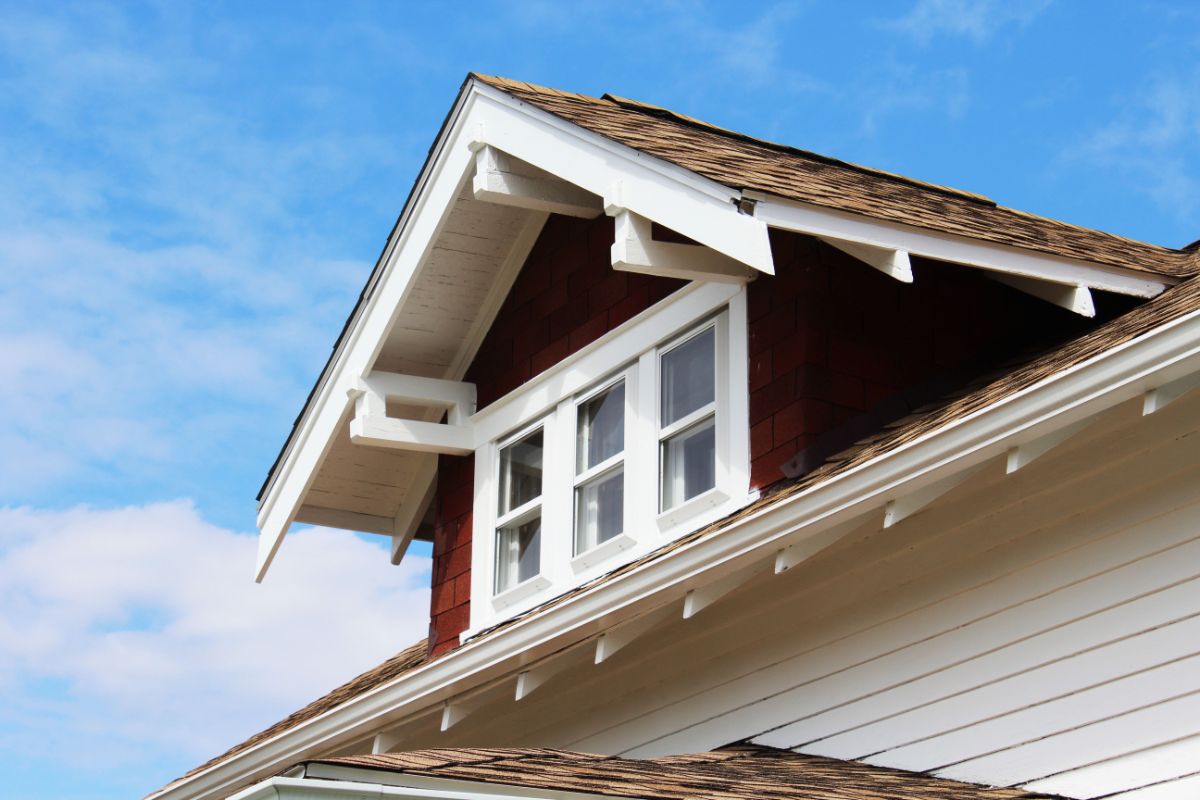

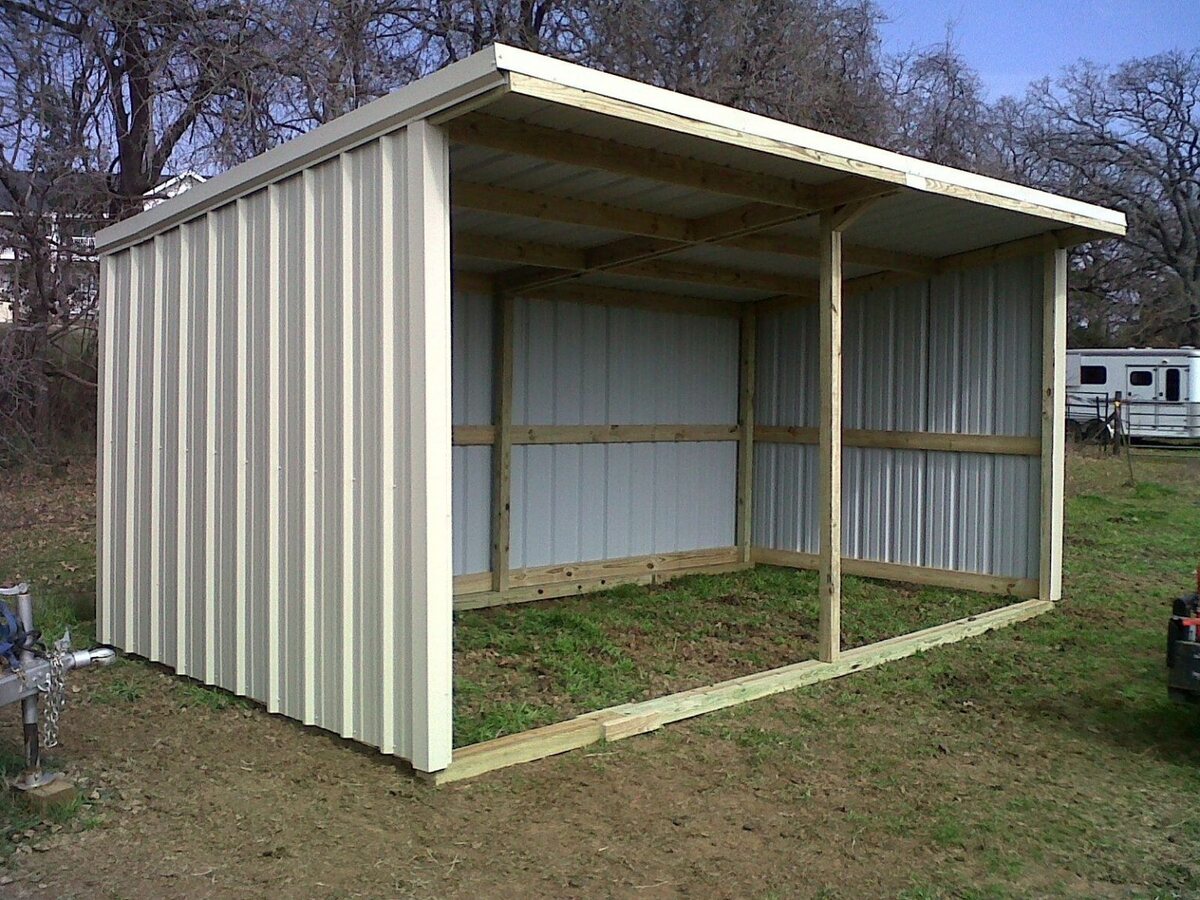
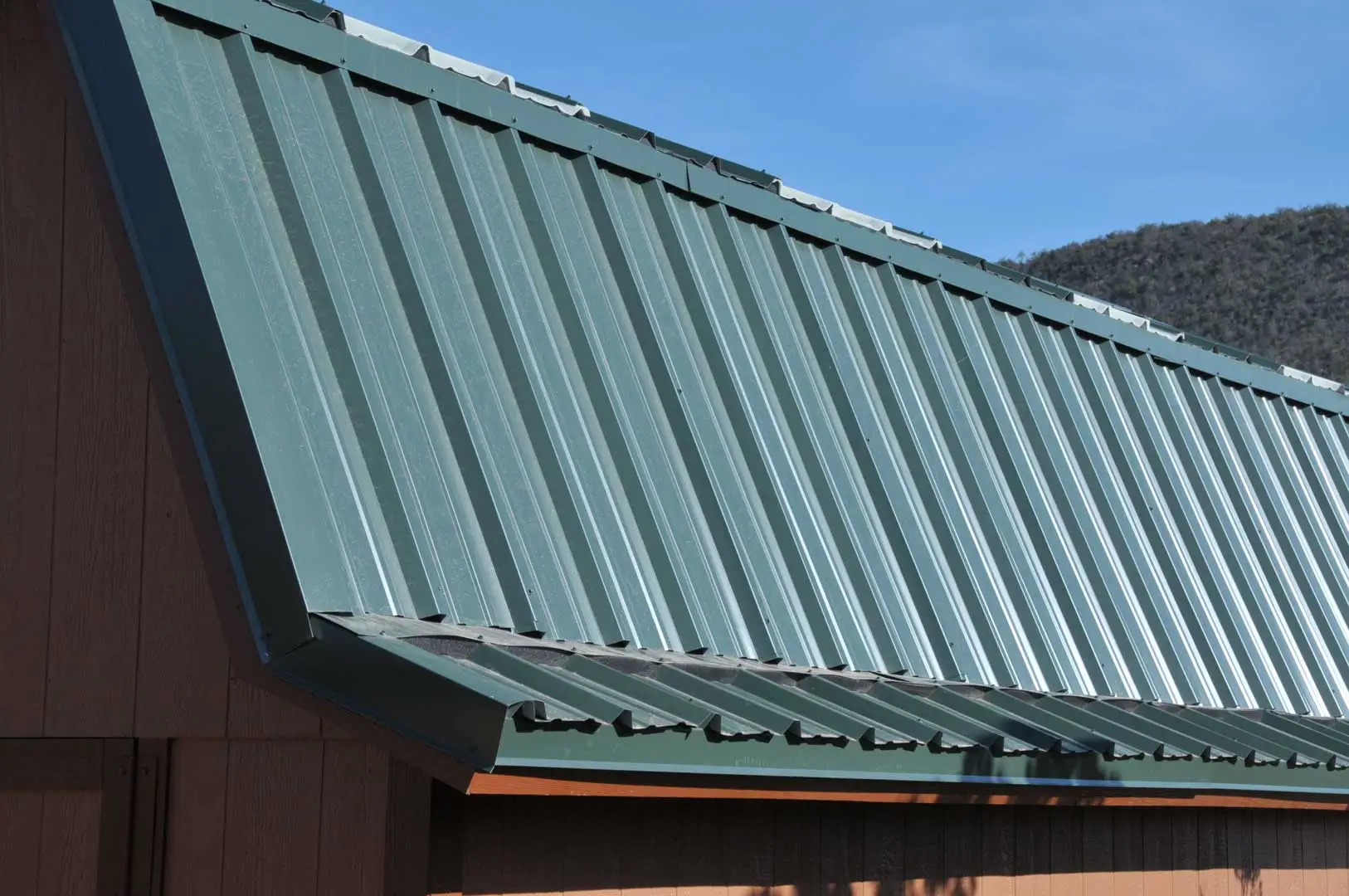
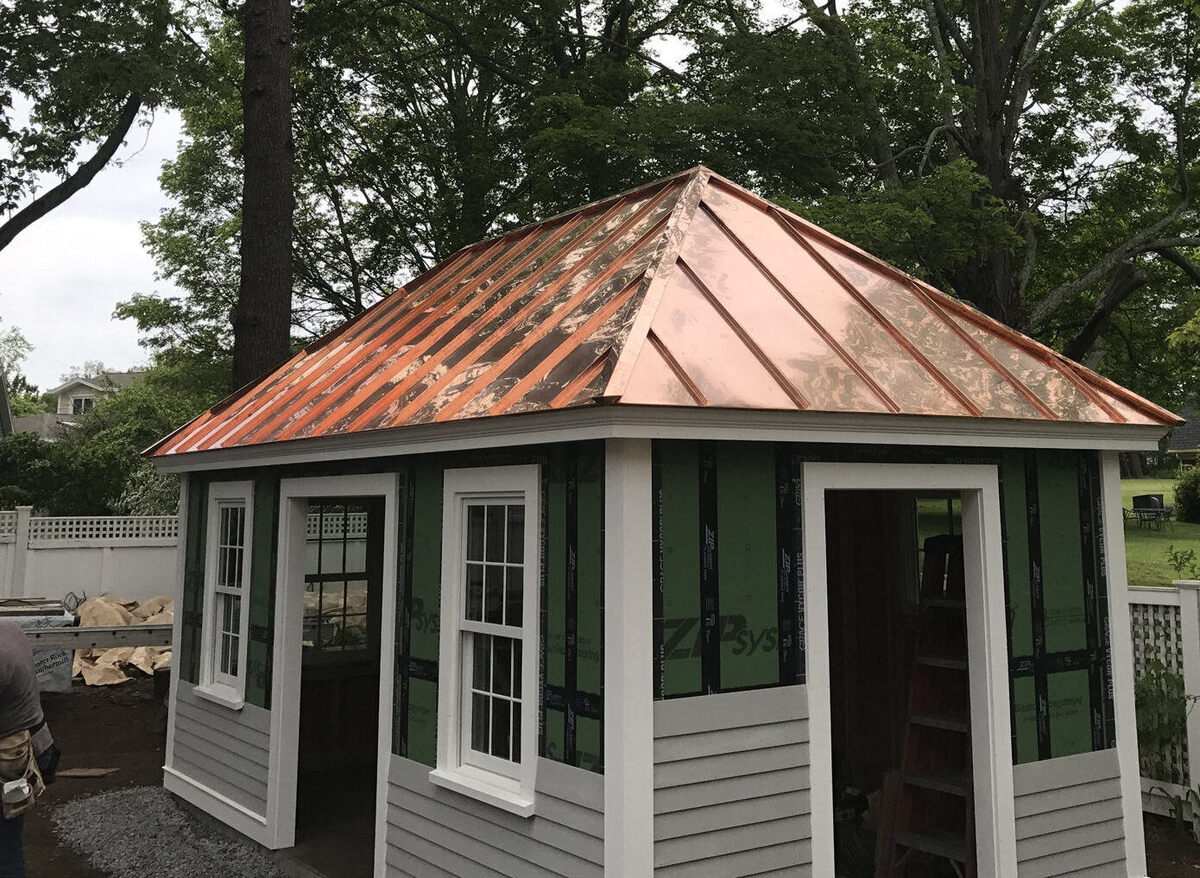
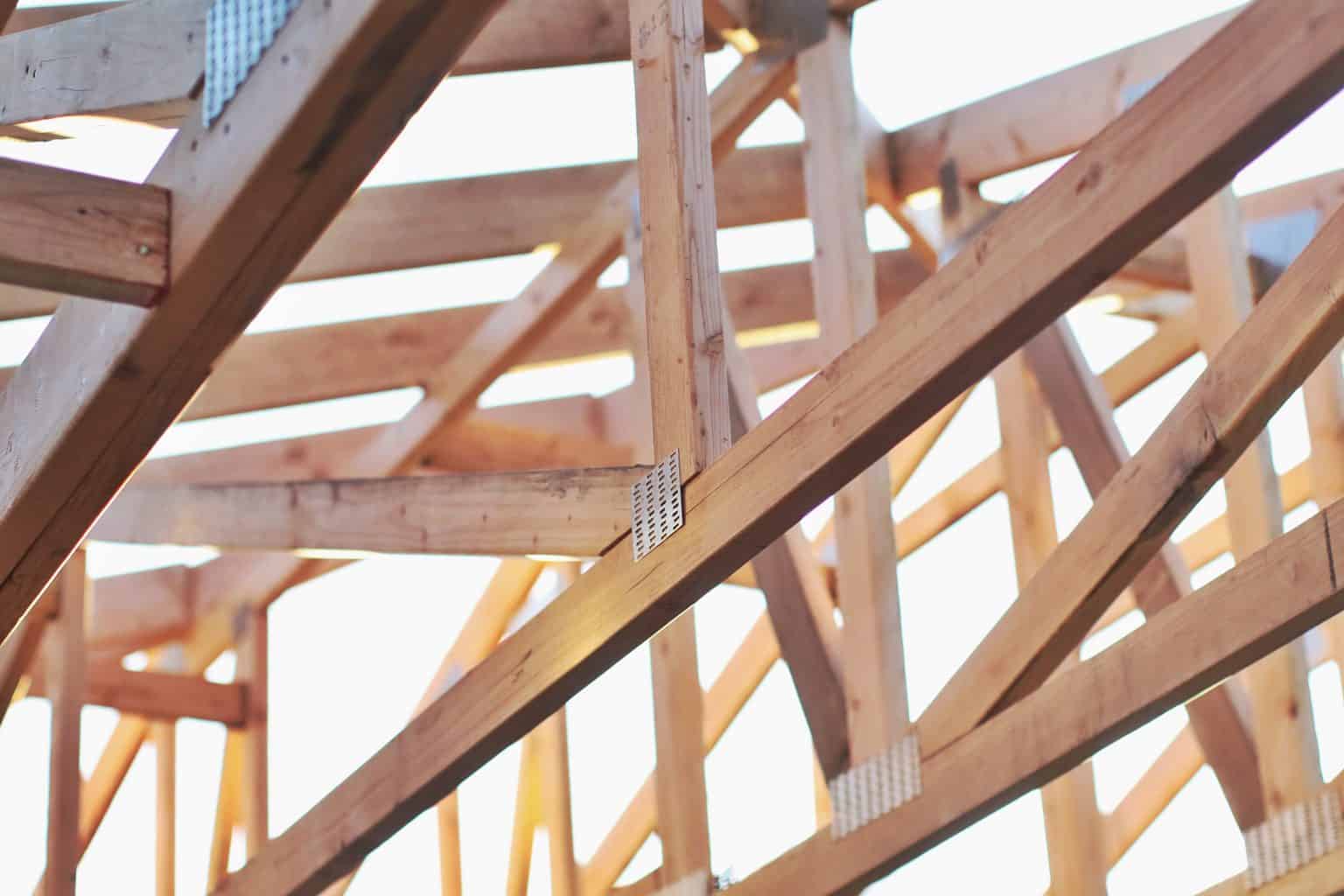
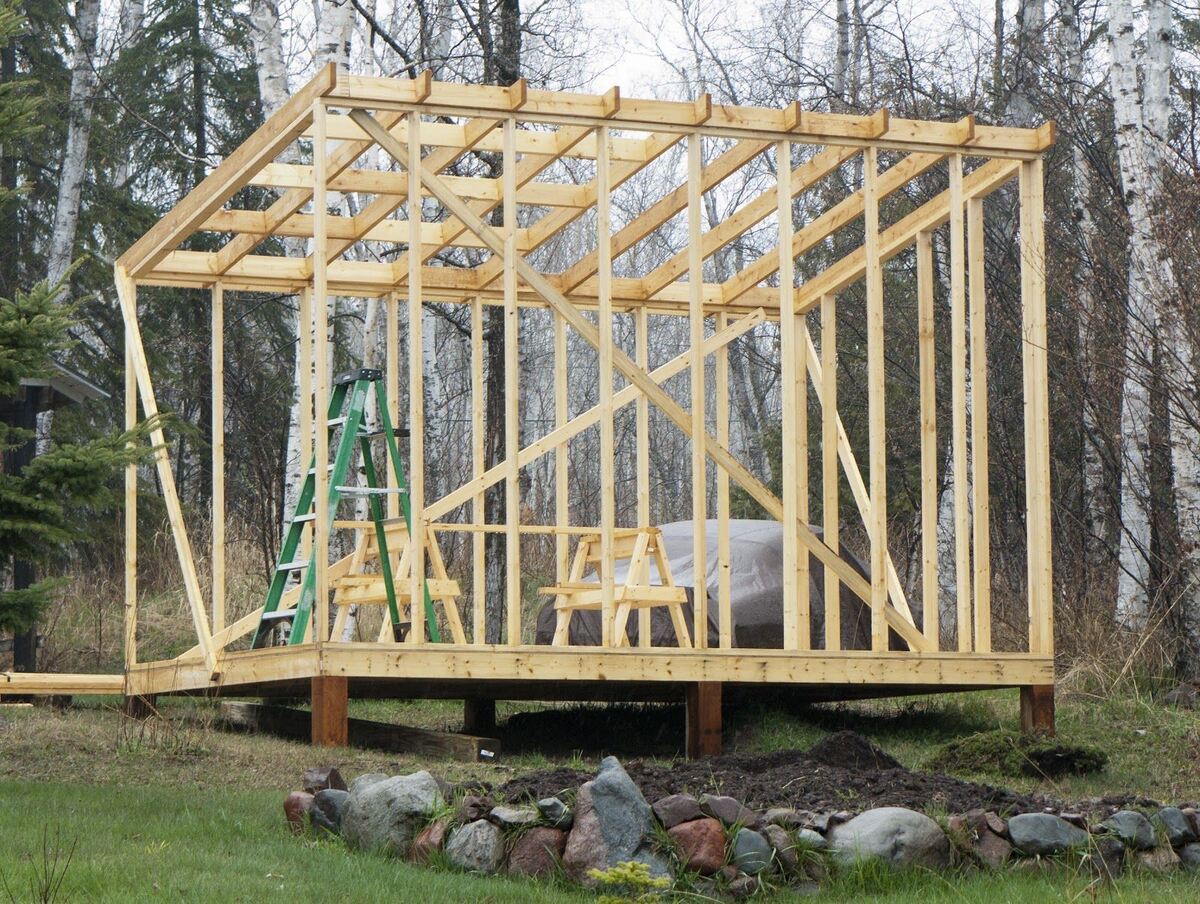
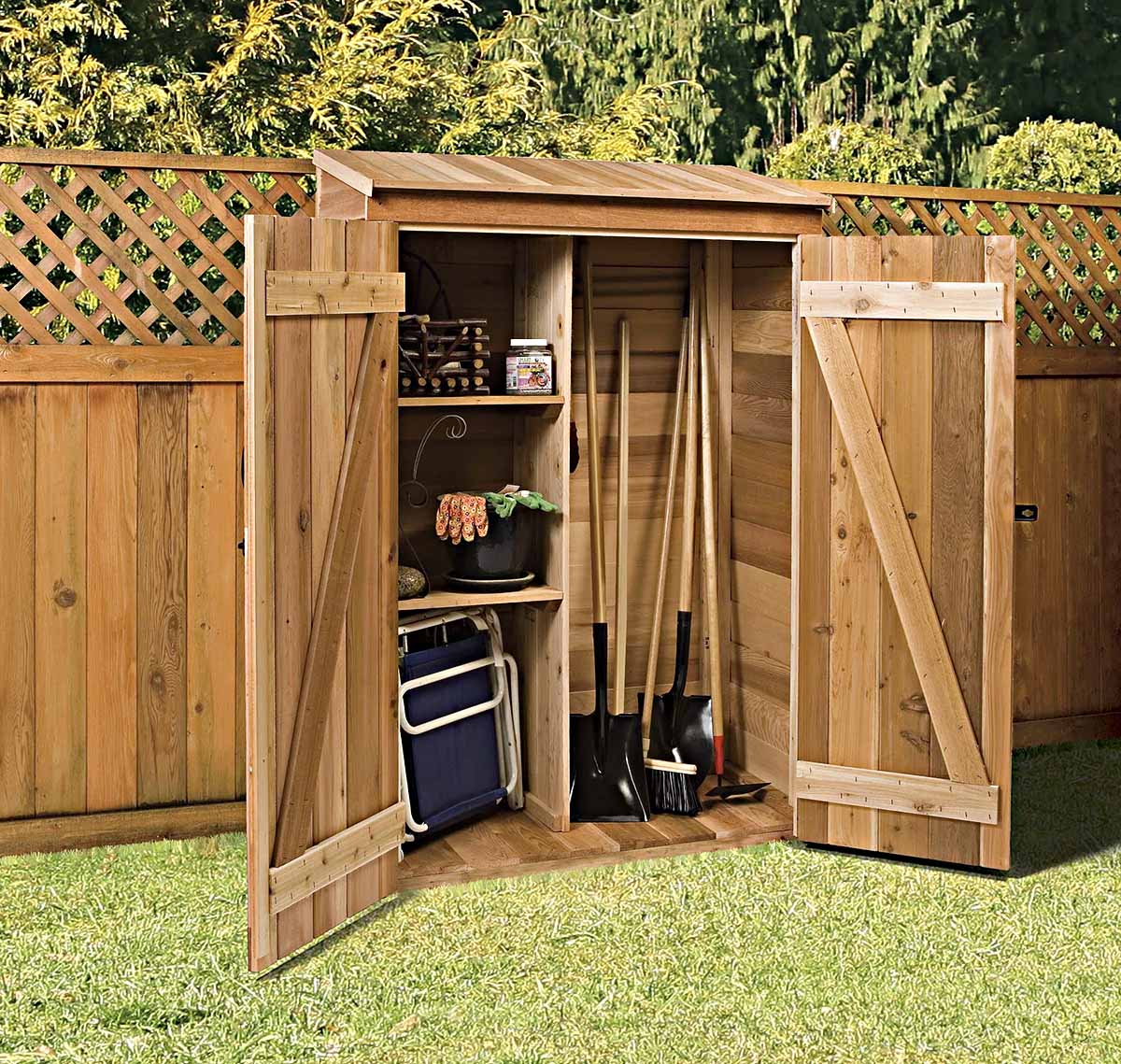
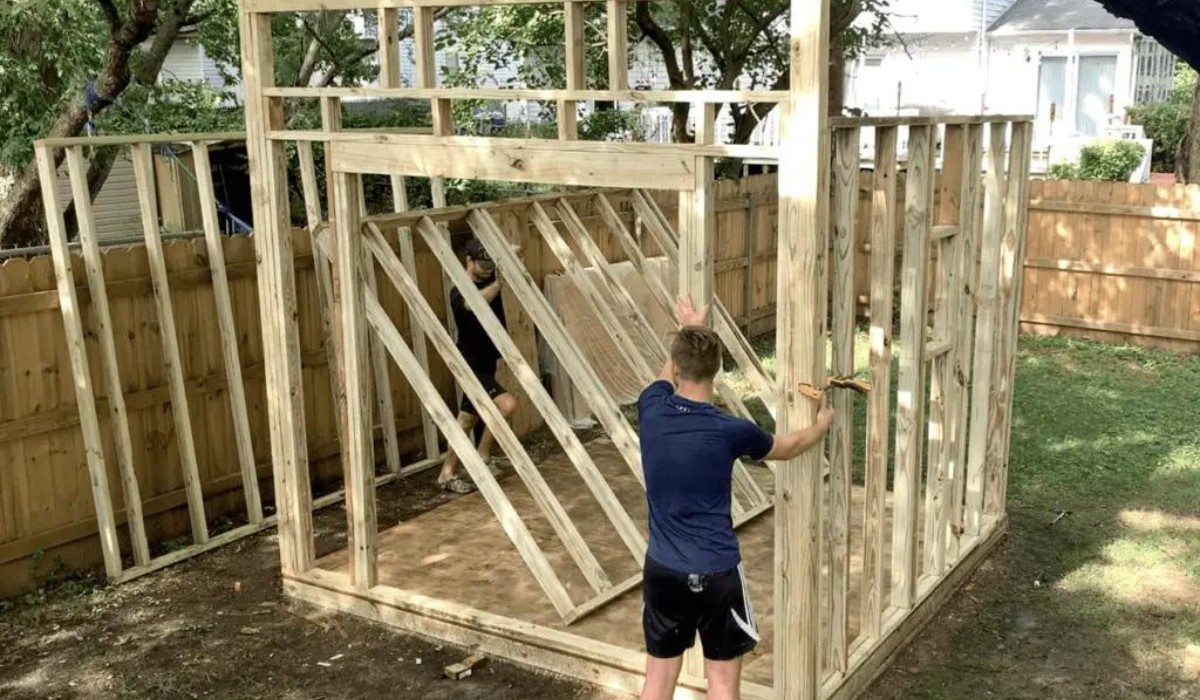
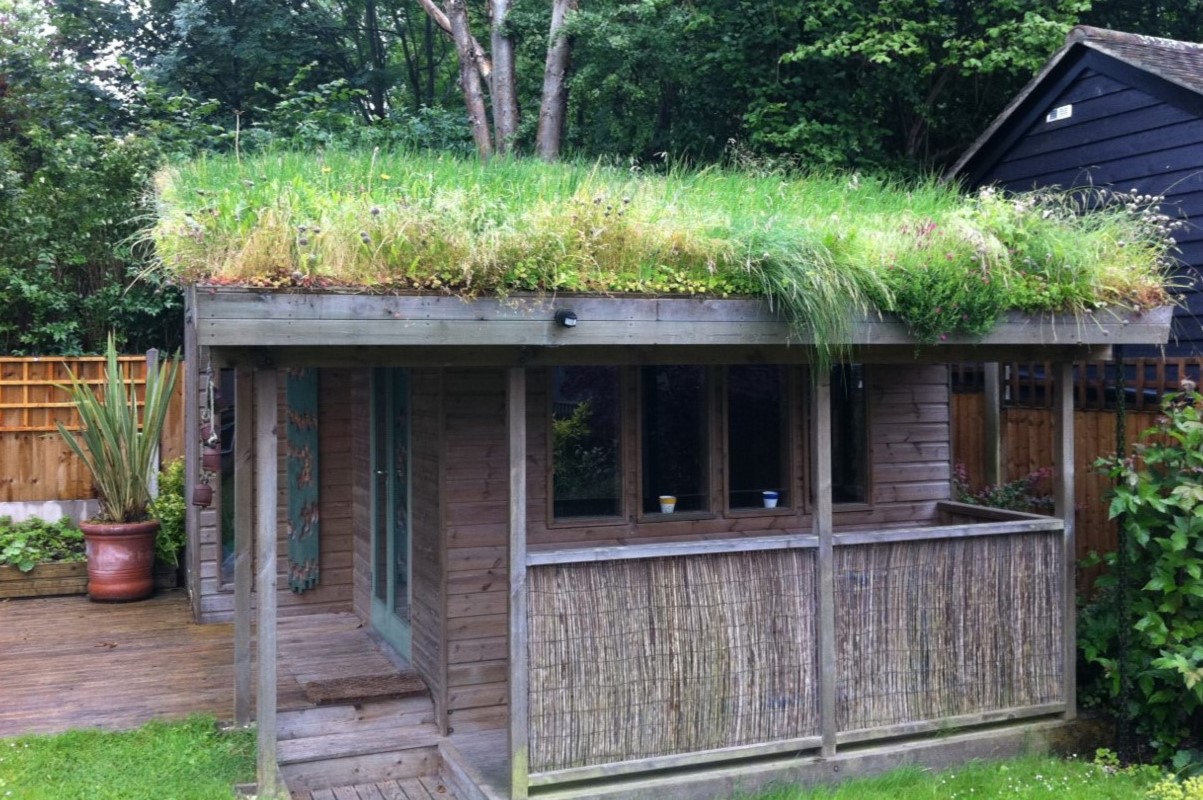

0 thoughts on “How To Build A Pitch 8-Foot By 4-Foot Metal Overhang Roof Extension To The Side Of A Tool Shed”